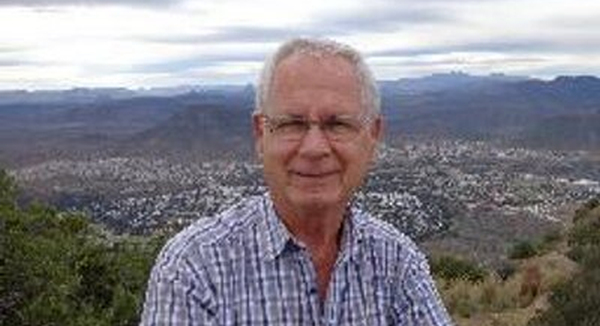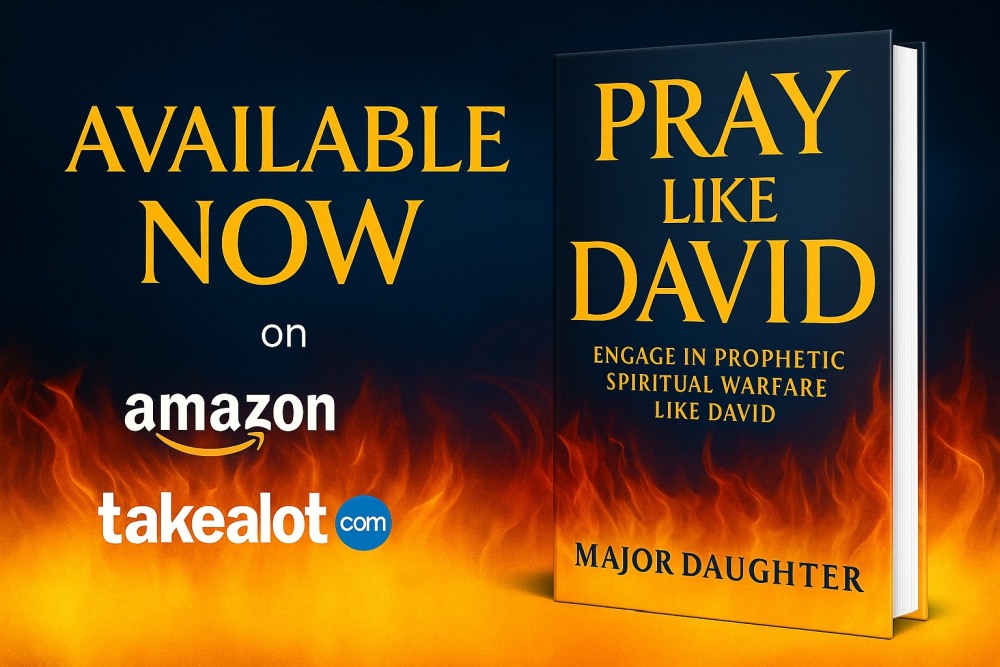
Part 4 (Possible consequences) in a 7-part series on the issue of abortion by veteran lecturer, teacher and academic Dr Johann McFarlane
See Part 1 Part 2 Part 3 Part 5 Part 6 Part 7
From simply meditating on the logic of the consequences of abortion, one does not need rocket science to imagine the possible effects of an intentional decision of a mother to kill her own child.
Nature’s example
I’ve just seen photos of a mother polar bear with her cubs and said to my wife: “That mother will instinctively kill anybody who she thought was trying to harm her kids. How is it possible that a human mother will do exactly the opposite?” Acting against her natural instincts must have a negative, life-long impact on her. That is why I doubted the comment of a young woman1, who, just after an abortion, thanked the clinic, saying: “Now I can get on with my life, again!” Such a comment is certainly premature, and may be caused by the mother’s initial feeling of being relieved from her “problem” of the pressure to abort, and her experience of no longer being responsible for her baby
Long-term psychological effects
Ankerberg and Weldon2 (1:67) quote Dr Wanda Franz in a special hearing on the medical and psychological impact of abortion: “Women who report negative after-effects from abortion know exactly what their problem is . . . They report horrible nightmares of children calling to them from trash cans, of body parts, and blood.”
“When they are reminded of the abortion,” she continued, “the women re-experienced it with terrible psychological pain . . . They feel worthless and victimized because they failed at the most natural of human activities — that of being a mother.”
Stott3 (18:393) confirms the above by saying: “There is growing evidence of the harmful effects of abortion on women, including higher rates of depression, self-harm psychiatric hospitalization, and suicide…”
Possible physical effects
Ankerberg & Weldon4 (1:54) also lists the following possible physical consequences of abortions: “Death, bleeding (requiring transfusion with possible hepatitis or Aids infections), tearing of the cervix with unknown impact upon cervical competence during subsequent pregnancies, pelvic in disease and possible associated infertility, unintended surgery, including laparotomy, hysterotomy, and hysterectomy …”
The psychological effect of abortion on siblings
One such consequence Ankerberg and Weldon5 (1:73) quotes “a possible conversation between a six-year-old girl and her mother who is vocally pro-choice”: Daughter [let’s call her ‘Joy’]:
Joy: Mom? Why didn’t you abort me?
Mother: Darling? How can you say such a thing? I wanted you! You’re my little girl!
Joy: But what if you hadn’t wanted me?
Mother: But I did.
Joy: But what if you stopped wanting me?
Mother: But I won’t!
Joy: But how can you be sure? What if you do stop wanting me?
They add the following comment (quoting David Reardon): “If such conversations do not occur openly between mother and child, they may take place within the minds of children.”
Evidence about the harmful effects (especially the long-term ones) of abortions are hard to come by because clinics want their “customers” to be put at ease about their abortions; therefore they emphasise that their abortions are “safe”.
A personal testimony about the consequences of her abortion, by a woman raped when she was 13, and then had an abortion
— The story of Serena Dyksen6: After abortion: Hope, Forgiveness, and a Future: Source WA received from Willem Taute, October 12 2020 —
On January 24 2020, Serena Dyksen (a woman who was raped when she was 13-years-old, became pregnant and then had an abortion ) shared her experience on the steps of the US Supreme Court in Washington DC , after she and three friends had taken part in the National March for Life. as members of the “Silent No More Awareness” organisation. This is an organisation whereby Christians make the public aware of the devastation abortion brings to women and men. The campaign seeks to expose and heal the secrecy and silence surrounding the emotional pain of abortion
One of the issues Serena addressed in her testimony focused on the way in which women are being misled about abortions: She said, amongs other things: ”The huge lie in the abortion industry is that abortion is just a standard medical procedure that does not harm you. They cloak the procedure as ‘healthcare’, claiming it is routine, healthy and without side effects. Abortion clinics use deceptive language to normalise abortion so that a woman will think she can have her pregnancy terminated [rather ‘her baby’s life terminated] one day, and then life will go back to normal the next.
“This couldn’t be further from the truth. The procedure on the day of my abortion, affected me negatively for the rest of my life. It took me years to confront it and find healing. My ongoing depression, my dysfunctional family relationships, the struggles in my marriage, my physical health problems and my addiction problems: other People were finding similarities in their stories; I was able to help guide people to counselling and healing.
I am aware that my abortion story is different from many others. Not only did my abortion take place at the tender age of 13, but it was the result of rape. I am included in the 1% of women who abort because of rape. The 1% ‘rape exception’ is often used to justify all abortions. But it is important to understand that my abortion was worse than my rape. My rape was devastating. Rape was an act of violence done to me; but abortion was also an act of violence.
“To make abortion unthinkable is to disciple individuals and allow God to transform their hearts and minds.”
“I walked amongst thousands and thousands of people from all across the United States, all united for one cause: to give a voice to the unborn. The march . ends at the steps of the Supreme Court. Nearly 40 of us were ready to share our abortion regret stories. We were met by some pro-abortion protestors yelling and trying to silence us. We patiently waited for them to settle down, and many of us started to pray for these women. Eventually, we were able to take turns stepping up to the podium, each sharing our pain from abortion. We all shared different stories, but with the same pain and regret. We mourned the loss of our children.”







